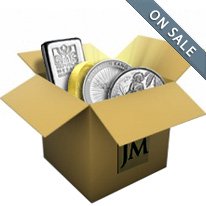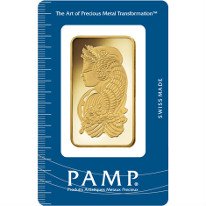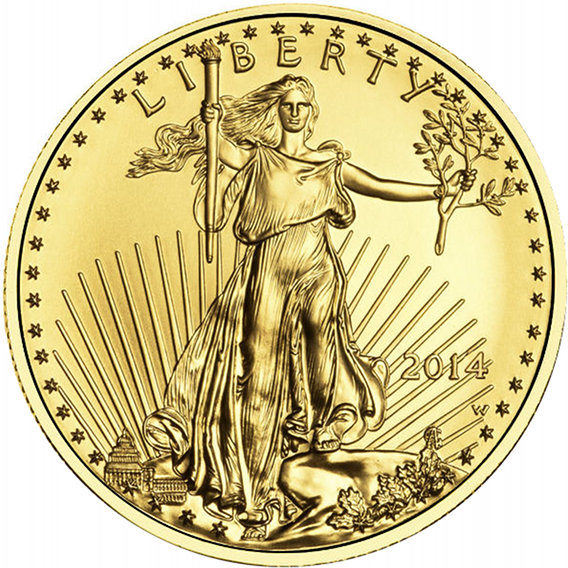Free Gold Price Widget For Your Website
This feature is only supported in the desktop browsers. Please visit this page in your desktop browser to retrieve the widget.
Share live gold prices with your website followers or on your blog, using our free gold price widget. To get started, please select one of the size dimensions from the drop-down menu below, and copy the code from the Widget Code text box and paste it into the desired position in your page. If you have any trouble, please contact us at support@jmbullion.com.
Widget Preview
Widget Code
Gold Prices in Norwegian Krone
The price of gold is always in a state of flux, and prices are typically quoted by several weights including the ounce, gram and kilo. Gold is often traded in U.S. Dollars, but the yellow metal can be bought or sold in any currency. If you are looking to buy gold
The krone is the official currency of Norway and its territories. Each krone can be subdivided into 100 smaller units of currency which exist only electronically.
The krone got its start in 1875 when it replaced the Norwegian spesidaler. This allowed the country to become part of the Scandinavian Monetary Union, which had just been established about two years prior.
In 1992, the Central Bank of Norway abandoned a fixed exchange rate in favor of a managed floating rate.
Previously, kroner coins carrying a face value of 10 and 20 kroner were struck in gold. The last series to be struck in gold was minted in 1910.
Gold Pricing in Norwegian Krone
If you are looking to buy or sell gold in Norway, you would likely see the price of gold quoted per ounce, gram and kilo in Norwegian Krone. It could also potentially be quoted in an alternative currency such as dollars or euros. Gold dealers will typically list a buy price for gold as well as a sell price. The spread between the buy price and sell price is the dealer’s gross profit.
Regardless of what currency gold may be transacted in, the price of gold is always moving. It can see periods of little price movement and sideways trade as well as periods of large price swings and volatility. Gold is potentially influenced by numerous factors. Some of the primary influences on the price of gold include:
- Central bank buying or selling
- Geopolitics
- Inflation
- Currency values
- Interest rates
- Equity markets
- Investor sentiment
- Jewelry demand
Gold is often accumulated by central banks as well as individual investors. Gold can potentially add further diversification to a central bank’s reserves, and may also promote credibility for the nation’s currency. Individual investors may also find gold appealing for its potential to hedge against various economic and geopolitical issues such as inflation, declining currency values and declines in purchasing power.
The price of gold may be determined by various pricing mechanisms such as the London gold price and exchange-traded derivatives.
The Norges Bank
The Norges Bank is the central bank of Norway. This central bank not only manages the country’s price stability and financial stability, it also runs the Government Pension Fund of Norway. Norges Bank is in charge of the country’s monetary policy. From 1986 to 1993, the Norges Bank used a key policy rate derived from the bank overnight lending rate. In 1993, Norges Bank began using the sight deposit rate as its key policy rate.
Norges Bank maintains foreign exchange reserves to be promote financial stability. The country’s reserves are contained in a fixed income portfolio as well as an equity portfolio. The bank also receives cash from its petroleum activities in a petroleum buffer portfolio.
Economy of Norway
Norway’s economy is a developed mixed economy. The nation’s economy has shown strong expansion since the start of the industrial era. Norway has an abundance of natural resources that have helped the economy expand. Some of these natural resources include oil, timber, copper, natural gas and lead.
The Government of Norway has an ownership stake in some key areas of industry including oil production, aluminum production, hydroelectric power production, and a financial services group and telecommunications provider. The public sector, in fact, makes up a significant portion of GDP.
To maintain the country’s welfare programs and infrastructure, the Government of Norway imposes significant taxes. A value-added tax and heavy income taxes are among some of the taxes and fees charged to citizens.
These tax revenues are also used to provide Norwegians with a number of benefits. The country has many programs for health care, education, retirement, disability and unemployment.
World Gold Prices
- Arab Emirates Gold Price
- Australia Gold Price
- Brazil Gold Price
- Canada Gold Price
- Chile Gold Price
- China Gold Price
- Czech Republic Gold Price
- Denmark Gold Price
- Europe Gold Price
- Hong Kong Gold Price
- Hungary Gold Price
- India Gold Price
- Indonesia Gold Price
- Israel Gold Price
- Japan Gold Price
- Malaysia Gold Price
- Mexico Gold Price
- New Zealand Gold Price
- Norway Gold Price
- Pakistan Gold Price
- Philippines Gold Price
- Poland Gold Price
- Russia Gold Price
- Singapore Gold Price
- South Africa Gold Price
- South Korea Gold Price
- Sweden Gold Price
- Switzerland Gold Price
- Taiwan Gold Price
- Thailand Gold Price
- Turkey Gold Price
- United Kingdom Gold Price
- United States Gold Price










